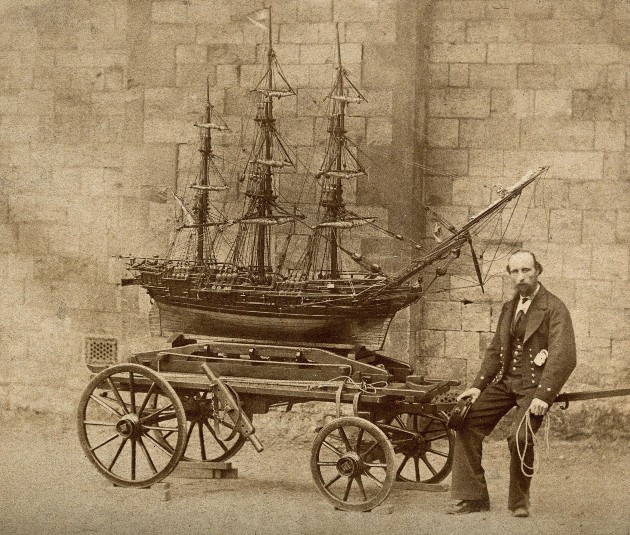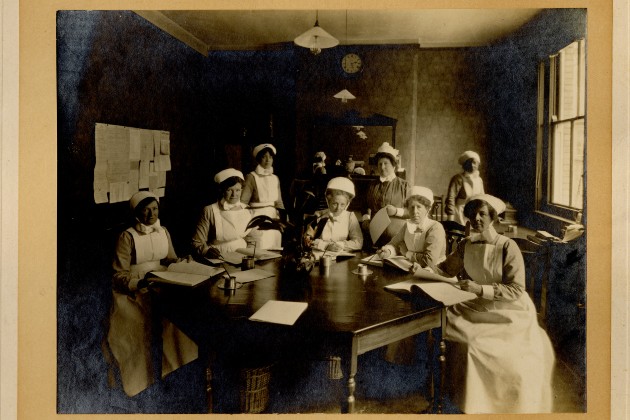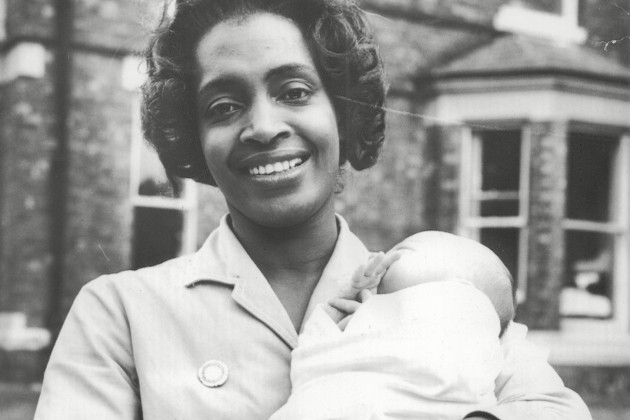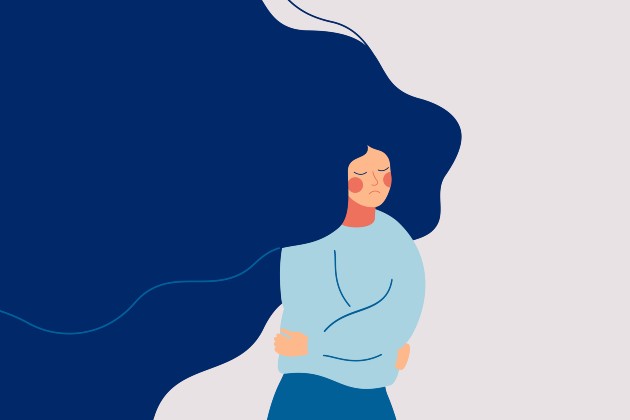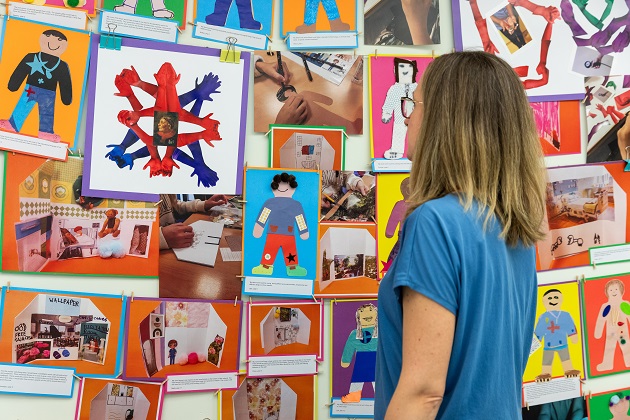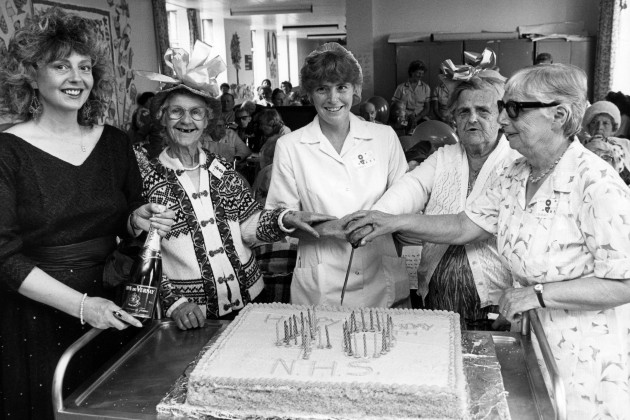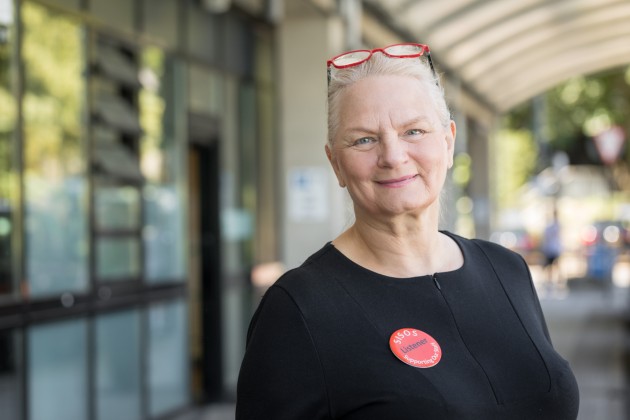I started as a learning disability nurse 51 years ago, so in many ways, I am part of its history. I’ve seen first-hand the changes that have occurred, and how the role has evolved.
As society has changed, so has the way it treats some of its more marginalised members, and as these perceptions have evolved, so has the role of learning disability nursing staff.
Forging an identity
At the beginning of the 20th century, many people with learning disabilities were kept segregated from their communities. They lived away from their families, away from society, and in old and unsuitable institutions, often called asylums.
It took a long time for learning disability nurses to even be considered nurses, because the institutions they worked in weren’t referred to or thought of as hospitals.
It was only when the NHS was created in 1946 that this structure changed. These institutions were absorbed into the wider health service and learning disability nurses began to develop a much stronger nursing identity.
Despite these advances, as long as people with learning disabilities were considered “different”, so were the nursing staff that cared for them.
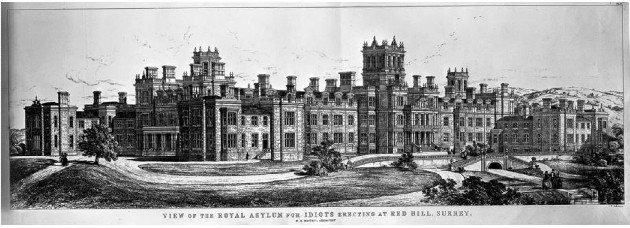
Unpleasant roots
The idea of segregating people with learning disabilities from society is an unpleasant one.
It was based on a false science, which persisted from the Victorian era right up until the 1950s. This ideology was rooted in the eugenics movement, which determined that all those who don’t quite fit into society, who perhaps existed in marginalised groups, should be ostracised.
For decades, people with learning disabilities were separated from society, discouraged from mixing with their peers, and prevented from having families of their own. The origins of these asylums are unsavoury, unpleasant, and inhumane.
The idea of segregating people with learning disabilities from society is an unpleasant one
When I was nursing in one of these institutions, between 1975–76, there were around 2,500 people with learning disabilities living at Leavesden Hospital in Hertfordshire. Across the country, there was a staggering number of people detained or residing in in these old institutions.
Men and women were kept apart and not encouraged to mix. Many people lived out their entire lives in these institutions.
Turning point
Early learning disability nursing contained a controlling element. Controlling the wards, controlling the environment and, of course, controlling the patients.
The impetus that drove the dissolution of these asylums was a series of scandals that took place in the 60s and early 70s, and many were to do with the abuse of patients.
Staff shortages, poor managerial control, lack of direction, and change in social attitudes all put pressure on the governments of the day to make fundamental changes. What was deemed appropriate in the 1930s, 40s and 50s all of sudden seemed draconian.
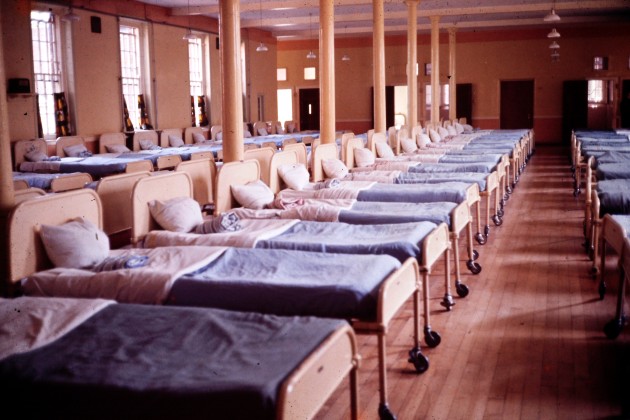
In the late 1980s and early 1990s, a new vision of supporting and caring for people with learning disabilities was blooming, and a modern image of learning disability nursing then began to take shape.
Rather than institutions, care moved towards the community. People with learning disabilities could live with family and have far more freedom, autonomy and privacy.
These institutions have all but closed now, nonetheless their impact lives on. Many people who once lived in them are still dealing with that experience, which may have been distressing, or even traumatising.
Gradual change
By the early 1990s, learning disability nurses were taking on a much wider clinical role. They now worked within community teams, alongside physiotherapists, occupational therapists and social workers, and other health care professionals.
They also had new responsibilities, such as providing support to families. This was a gradual move, and it was also a move away from a generic nursing role to a much more specialised position.
Over the years we’ve seen new roles emerge within learning disability nursing. We now have epilepsy specialists, sleep management specialists, those who work in forensic learning disability services, and health liaison nurses, who work in hospitals to make sure patients are looked after properly.
Rather than institutions, care moved towards the community
As nursing roles have evolved, so has nurse education. Nowadays, it is based entirely in higher education and many nurses who lecture in learning disabilities work in universities and hold PhDs. They undertake pioneering work, in subjects like genomics, health passports and promoting human rights.
Throughout the past four decades, there has been a slow but steady change in emphasis of their role, away from control and towards compassionate care. More recently, they are empowering and supporting people to manage their own care, live in their own homes, and exercise their rights.
Along the timeline from the 1900s to the 21st century, you can easily see how changes in health and social care policy correlate with the changes to learning disability nursing practice. Those who have had long careers, like me, have had to accommodate these changes to their role. Most have done so successfully and, in my view, admirably. We’ve had to be an adaptable cohort.
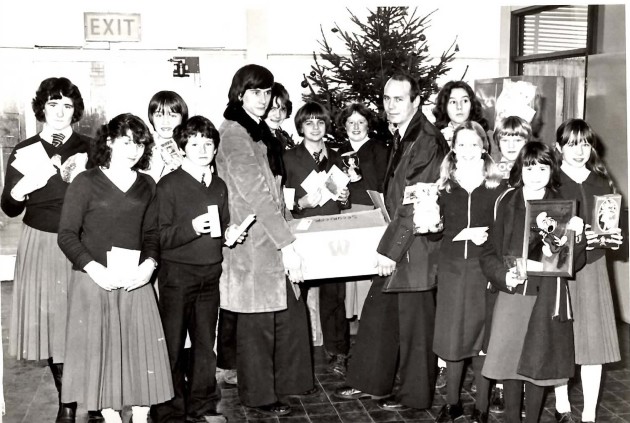
RCN exhibition
A new exhibition on the evolution of learning disability nursing has opened at the RCN’s Library and Heritage Centre. Called A History of Care or Control: 100 Years of Learning Disability Nursing, the exhibition will run in London before moving to RCN Scotland in Edinburgh in November for six months. From June onwards, members will be able to access a virtual tour if they can’t make it in person.
For more information on the RCN Library events, visit their page for the latest details.
